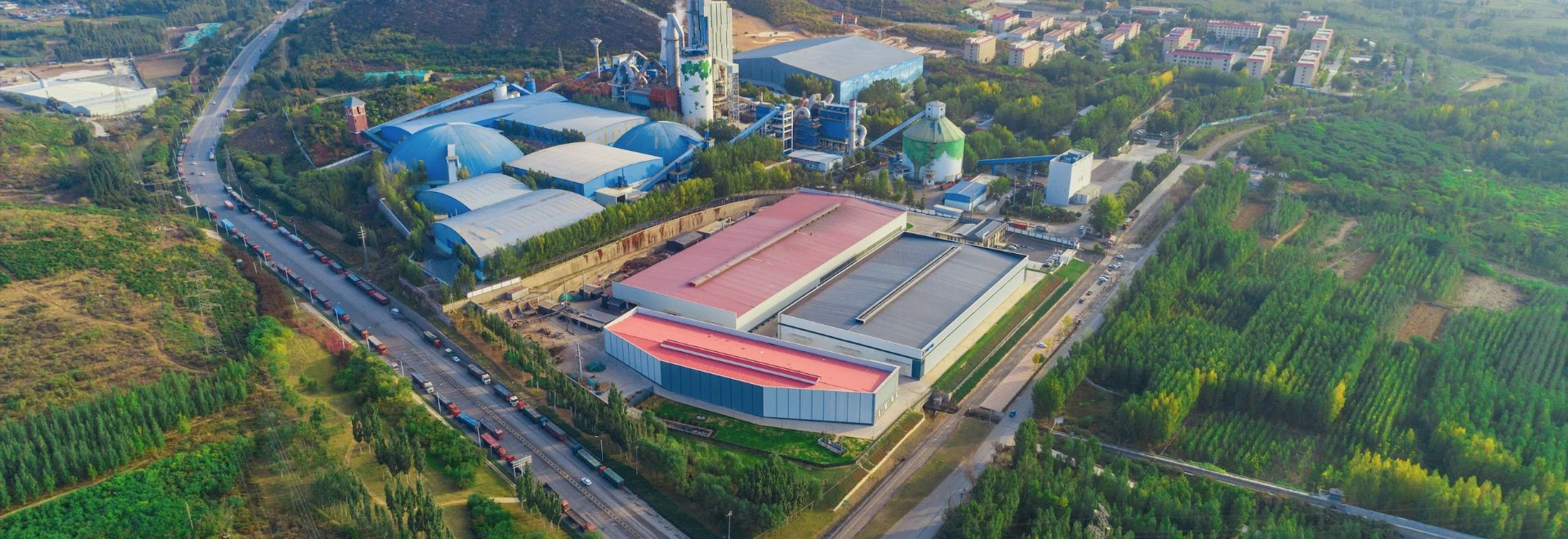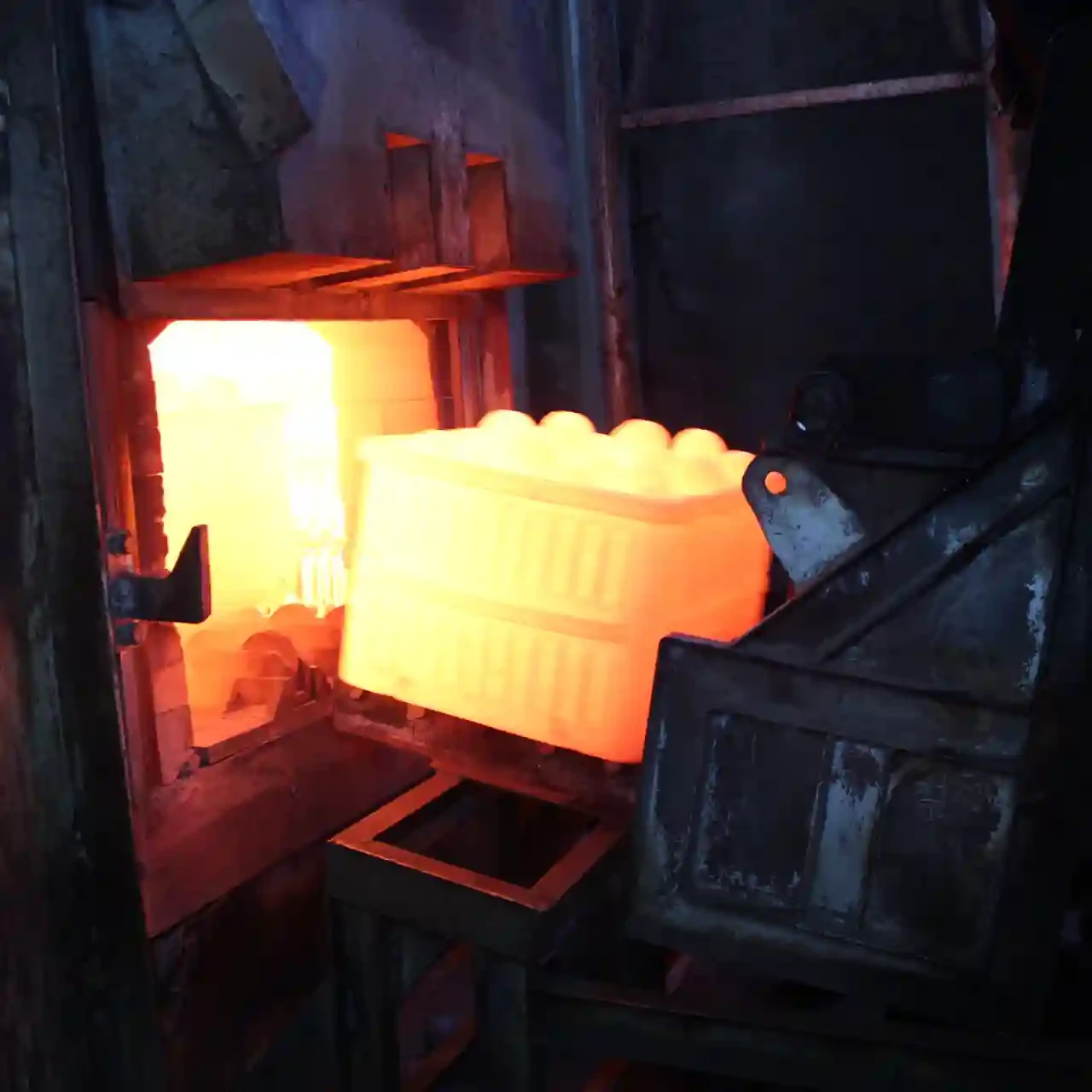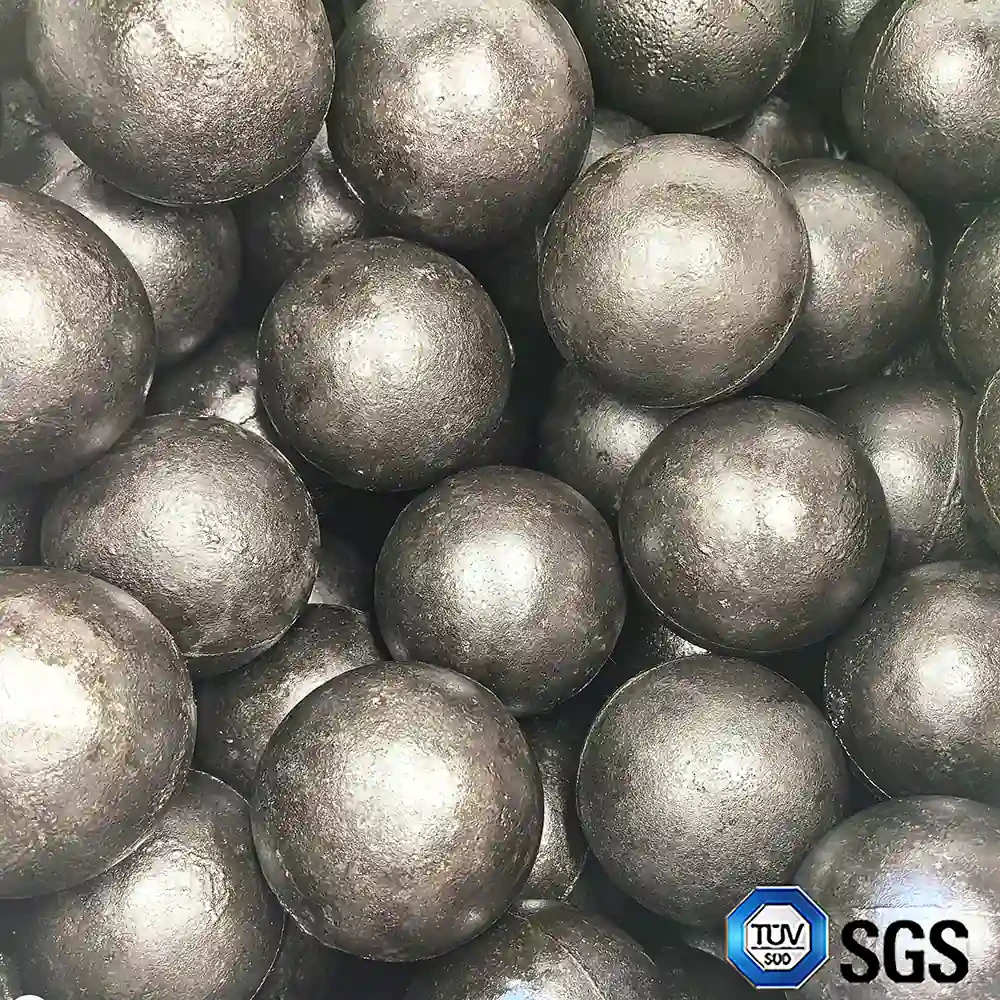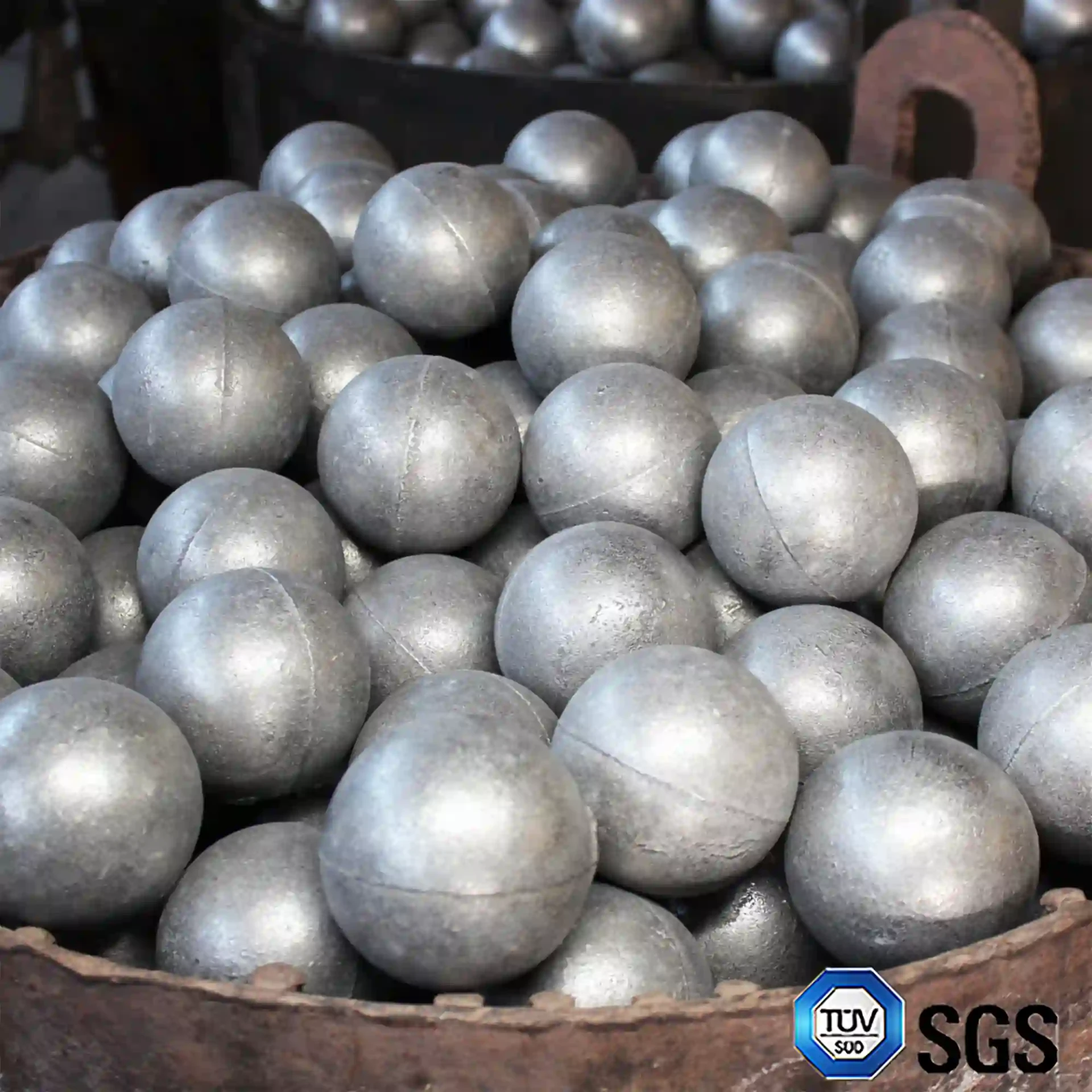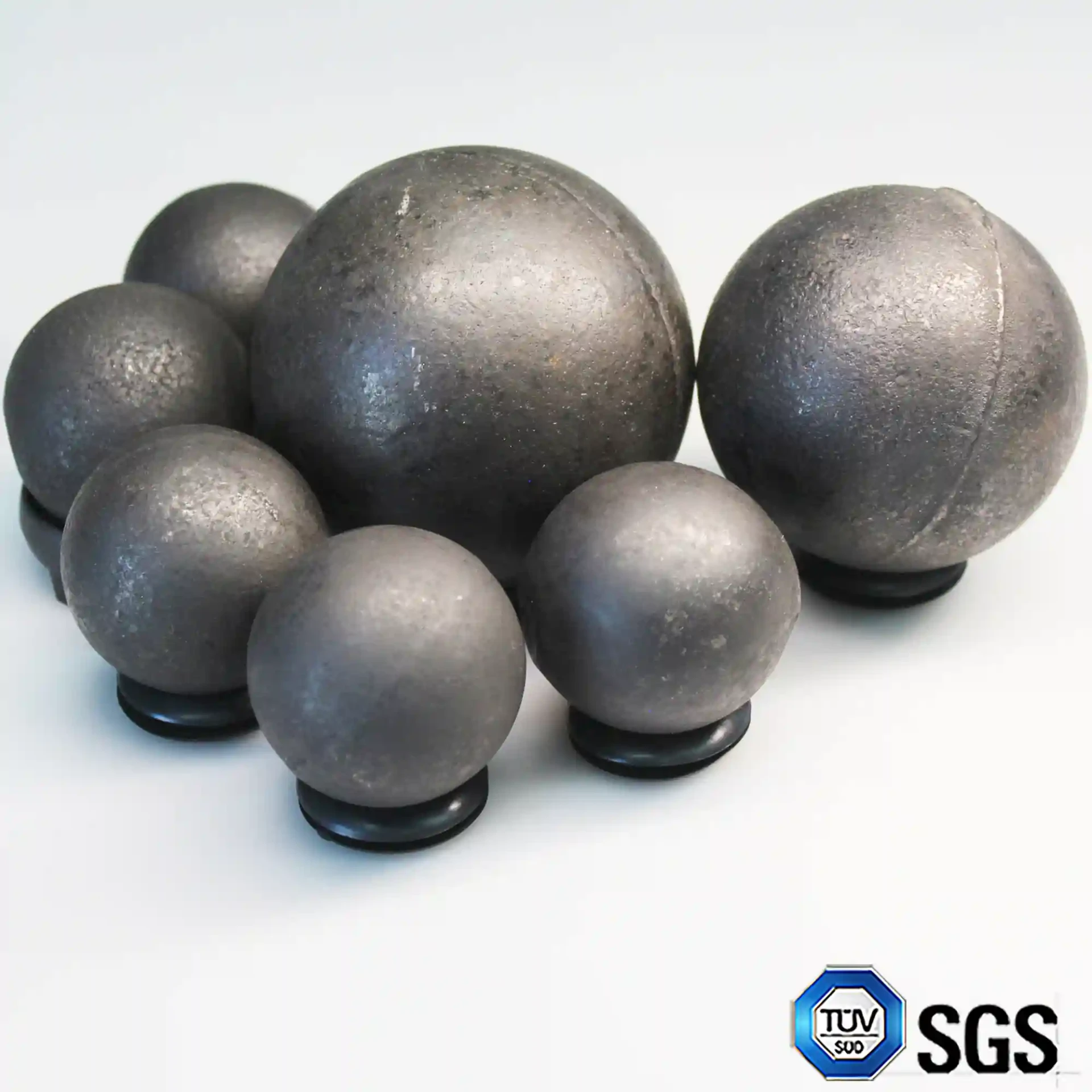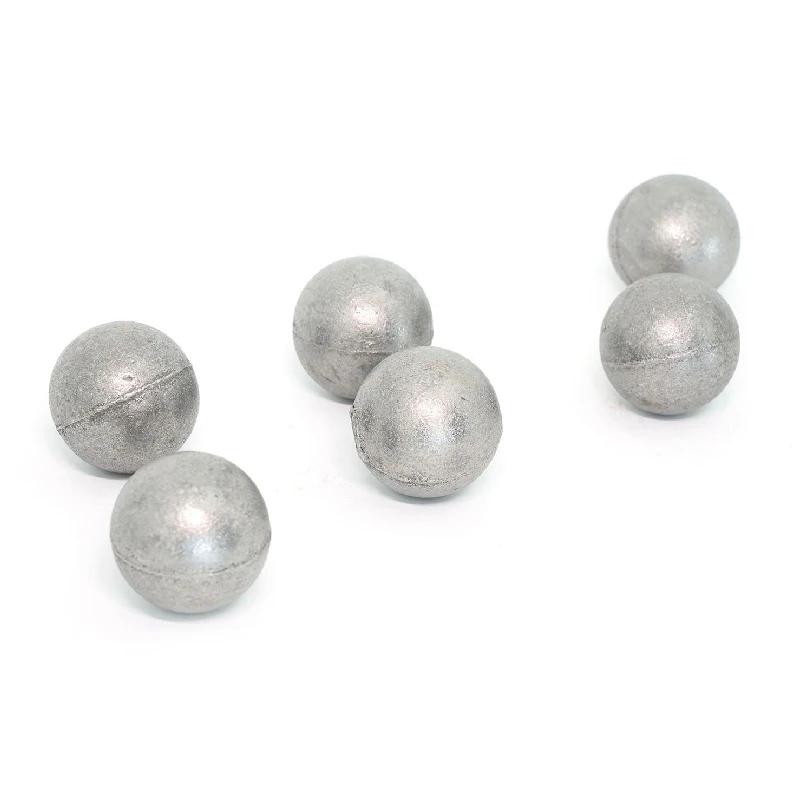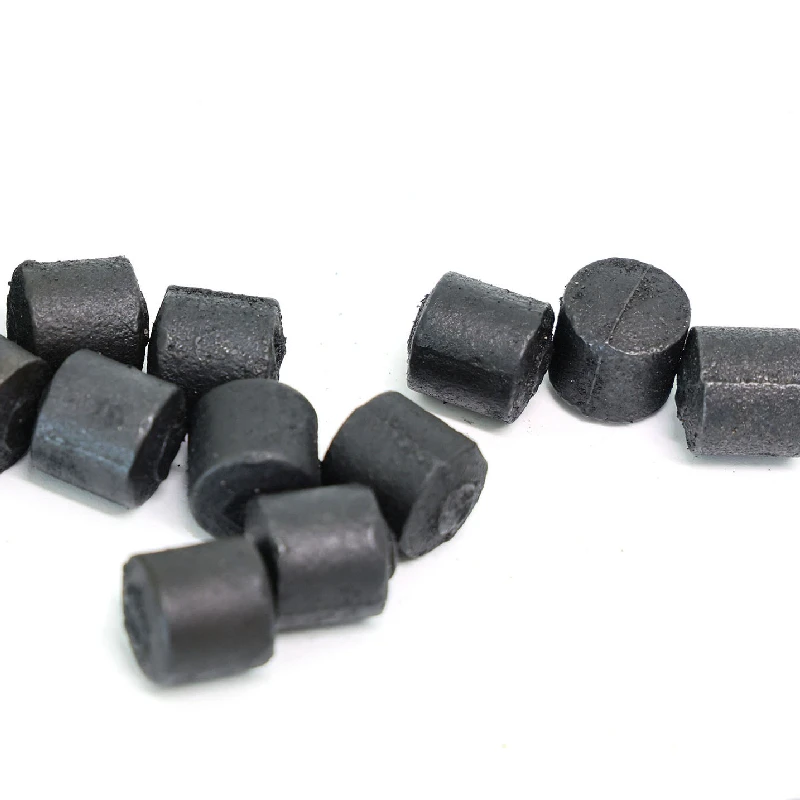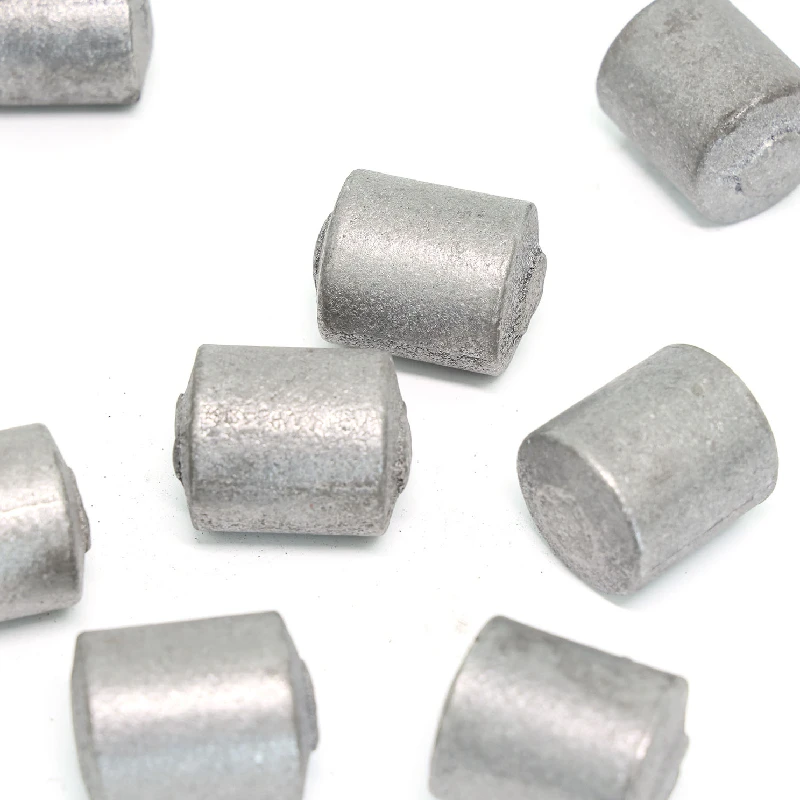Jul . 28, 2025 01:01 Back to list
Top Grinding Balls Manufacturers - Quality Steel Grinding Media
As global demand for precision and efficiency in industrial grinding grows, the market for grinding balls manufacturers has witnessed significant evolution in technologies, standards, and applications. In this in-depth guide, we dissect sector trends, technical benchmarks, application scenarios, manufacturer comparisons, custom solutions, and real-world case studies, with special reference to Low Chromium Grinding Balls. The following analysis leverages real industry data, comparative product specs, standard citations (e.g., ISO, ANSI), and authoritative references, providing actionable insights for industrial buyers and engineers.
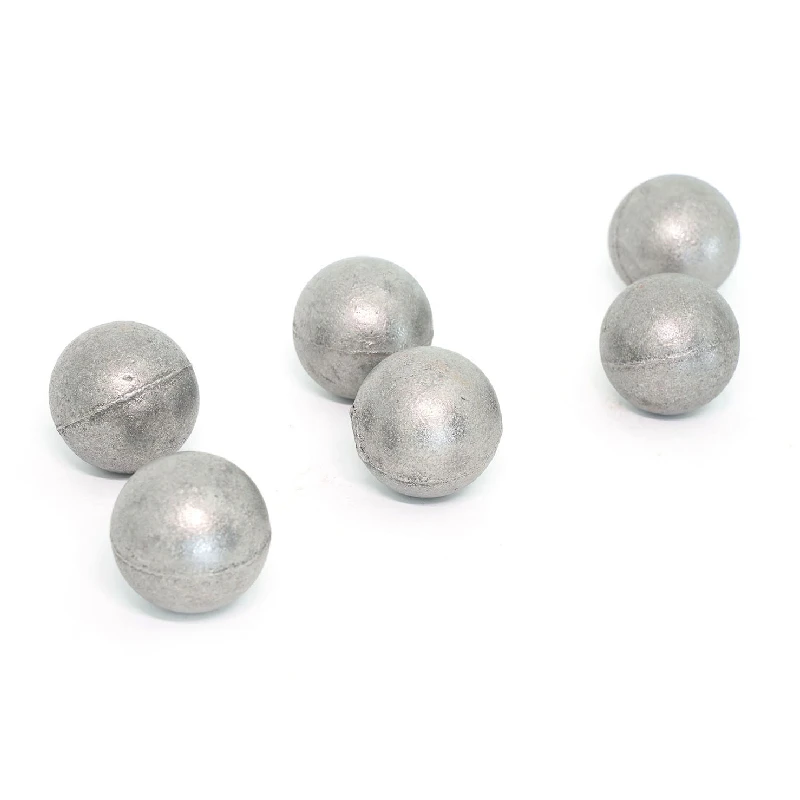
1. Grinding Balls Manufacturers – Industry Overview & Market Trends (2023-2028)
The grinding balls manufacturers sector has expanded at a CAGR of 5.8% over the last five years, driven by the growth of mining,cement, and energy industries. According to Grand View Research, the global market size exceeded USD 5.5 billion in 2023 and is projected to reach USD 8.1 billion by 2028.
- Key Applications: Mining, Power Plant, Cement Production, Petrochemical, Metallurgy, Water Treatment
- Popular Materials: Low/High Chromium Cast Iron, Forged Steel, Alloyed Steel
- Manufacturing Process: Casting, Hot Rolling, Forging, CNC Machining
- Lead Countries: China, India, Russia, USA, South Africa
- Key Standards: ISO 3290, ANSI/ASTM A532, JIS G4805
Industry Insight: High-chromium balls exhibit superior abrasion and corrosion resistance (Rockwell hardness 60-65HRC), vital for abrasive and corrosive environments.
2. Comparative Table: Leading Grinding Balls Manufacturers
| Company | Core Products | Material | Diameter (mm) | Hardness (HRC) | Production Process | Annual Output (tons) | Certifications | Average Price (USD/ton) |
|---|---|---|---|---|---|---|---|---|
| Chengda Grinding (CDChengda) | Low Chromium Balls, High Cr Balls | Low/Medium/High Chromium Alloy | 20–150 | ≥60 | Auto-Casting, CNC | 50,000 | ISO 3290, SGS | 680–950 |
| Molycop | Forged Balls, Cast Balls | Alloyed/Carbon Steel | 25–160 | >65 | Forging, Heat Treatment | 400,000 | ISO, ANSI | 980–1350 |
| Magotteaux | HI-CR Cast Balls | High Chromium Cast Iron | 15–130 | 60–66 | Casting | 300,000 | ISO 9001 | 1100–1400 |
| Jinan Zhongwei | Forged, Casting Balls | Steel, Alloy | 20–125 | 55–63 | Forging, Casting | 75,000 | SGS, BV | 700–950 |
| Taihong | Cast/Forged Steel Balls | Alloy/Steel | 20–150 | 58–64 | Hot Rolling | 150,000 | ISO, SGS | 800–1200 |
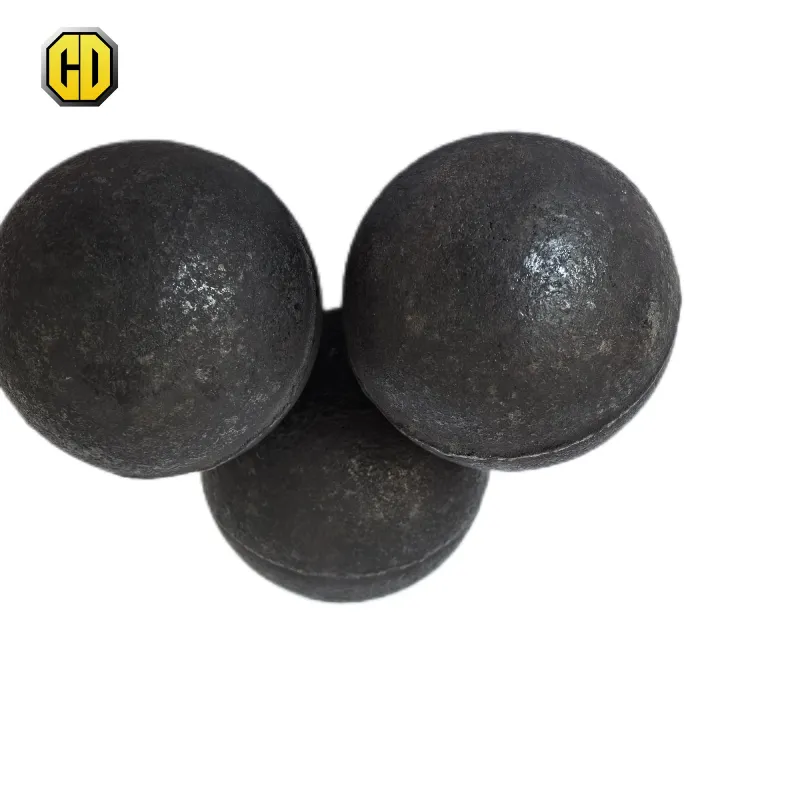
3. Manufacturing Process: Grinding Balls Manufacturers
Grinding balls manufacturers deploy state-of-the-art processes, ensuring strict compliance with ISO, ANSI, and ASTM standards. The Low Chromium Grinding Balls manufacturing process comprises:
Strict import of high-purity ferrochrome, iron scrap, and alloying elements (C, Si, Mn, Cr, Mo, V).
Standard: ISO 3290-1:2014
Medium-frequency induction furnaces melt and homogenize alloy mixtures, ensuring precise chromium content (≥1.2% for Low Chromium).
Automated sand molds ensure optimized sphere density and minimal defects.
Tech Highlight: Computer vision for flash/sink detection.
Multi-stage tempering furnaces enhance martensitic transformation, boosting toughness (20 J/cm²+).
Verified by Rockwell HRC, Brinell HBW tests.
CNC lathes smooth surface, diameter tolerance (≤1mm).
Non-destructive testing (ultrasonic, X-ray, metallography).
SGS inspection, batch labeling, moisture-proof packing, full traceability.
Watch a full process demonstration video: Grinding Ball Production Process
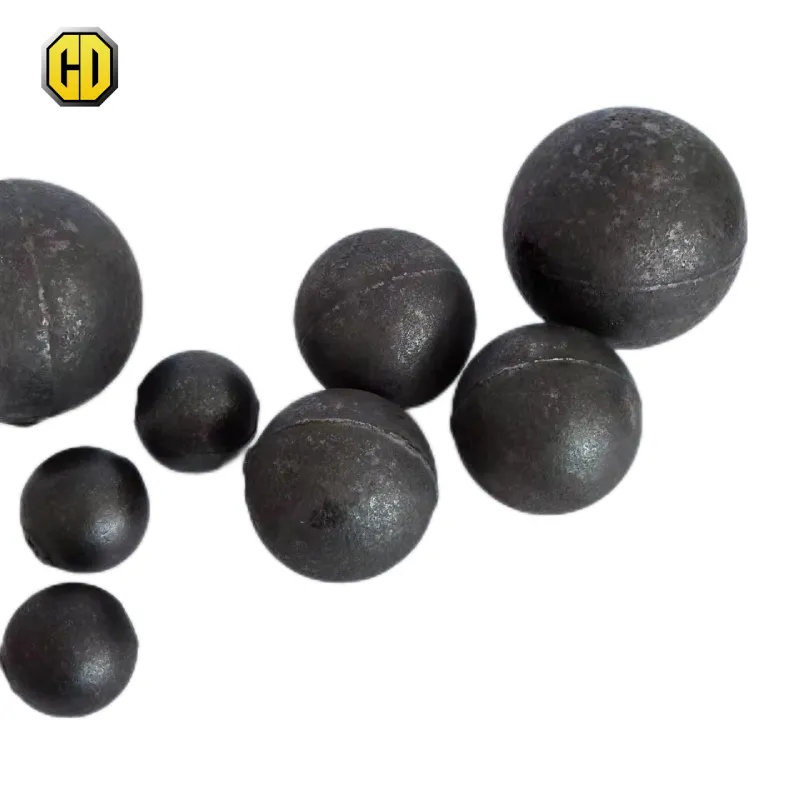
4. Product Specifications: Low Chromium Grinding Balls
Low Chromium Grinding Balls are engineered for longevity and cost-efficiency across mineral processing, cement plants, and power generation. Below is an authoritative breakdown:
| Parameter | Unit | Specification | Standard |
|---|---|---|---|
| Diameter (Dia.) | mm | 20–150 | ISO 3290 |
| Hardness | HRC | ≥60 | ASTM A370 |
| Impact Toughness | J/cm² | ≥18 | ANSI/ASTM A532 |
| Cr Content | % | 1.2–3.5 | ISO 3290 |
| Sphericity | % | ≥98 | ISO 3290 |
| Service Life | hrs | 4000–8000 | SGS Report |
| Wear Rate | %/ton | ≤1.2 | ISO/TS 3290-2:2012 |
| Surface Quality | -- | No microcracks; smooth | ISO 3290 |
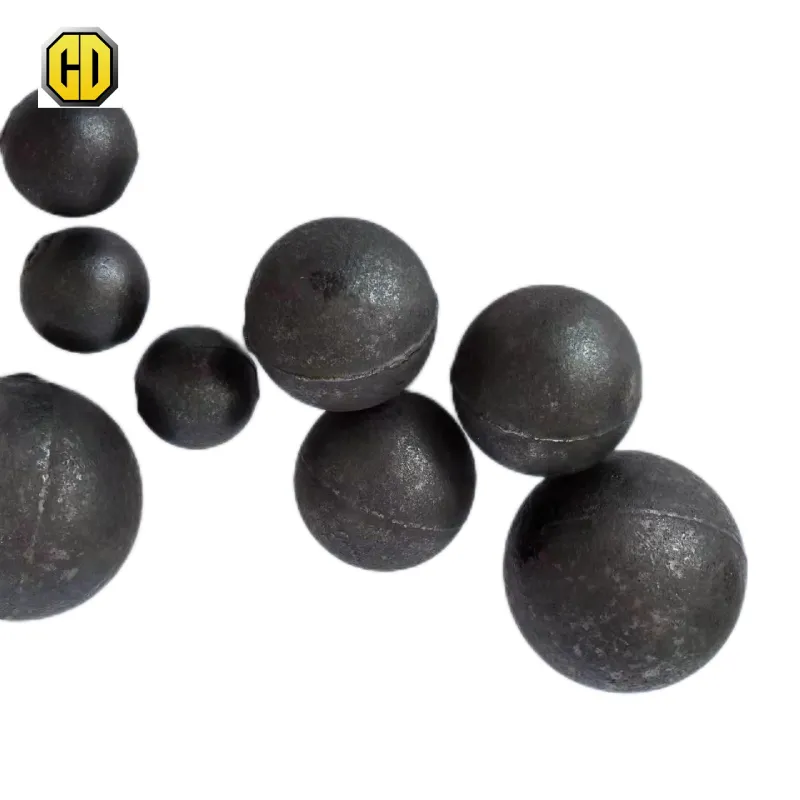
5. Application Scenarios: From Mining to Petrochemicals
- Mining/Mineral Processing: Used in SAG, ball, and rod mills. Average wear rate 1.1%/ton (Low Chromium) – lengthening mill uptime.
- Cement Industry: Compliant with ASTM and ISO hardness/impact norms, consistent performance over 4700-hour cycles.
- Thermal Power Generation: High thermal fatigue resistance, reducing ball breakage/frequent shutdowns.
- Water Treatment/Petrochemical: Corrosion resistance supported by chrome alloying and optimized microstructure, passing 500-hour salt spray test.
- Metallurgy: Satisfies ISO 9034 for severe abrasive environments.
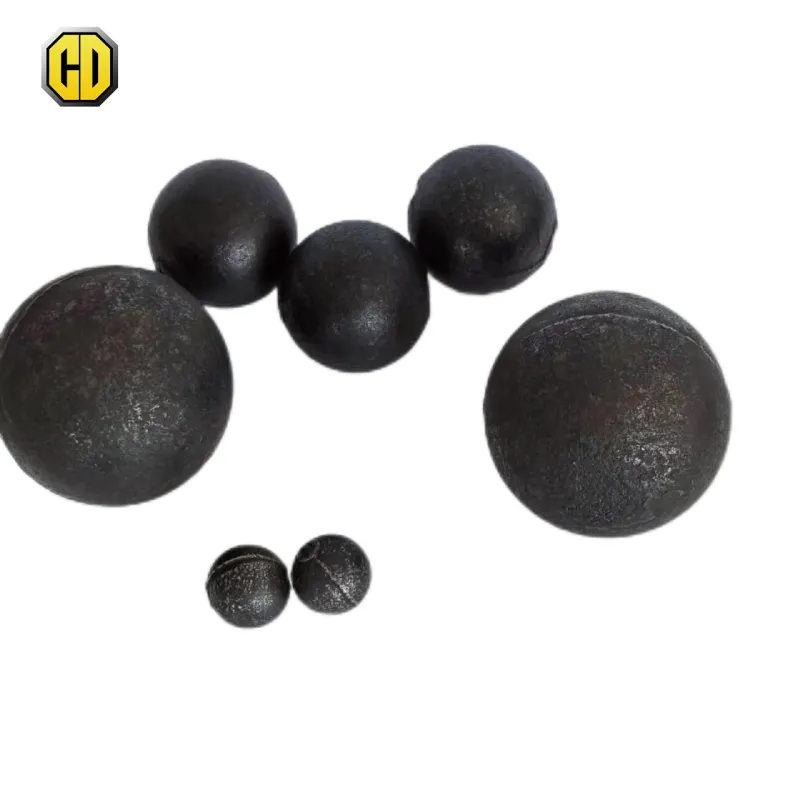
6. Technical Advantages and Customization
- High Sphericity: ≥98%—Optimized distribution in mills, fewer dead zones, superior grinding efficiency.
- Micro-Alloying: Proprietary element blends (Mo, V, Ni) improve heat/abrasion resistance—third-party validated (SGS, BV).
- Full Traceability: QR/batch code on each shipment, digital MTC (Material Test Certificate) provided.
- Customization: Bespoke composition (Cr content, hardness, diameter), available upon request (MOQ: 10T).
- Sustainable Production: >25% energy saving via electric arc furnaces. Emissions
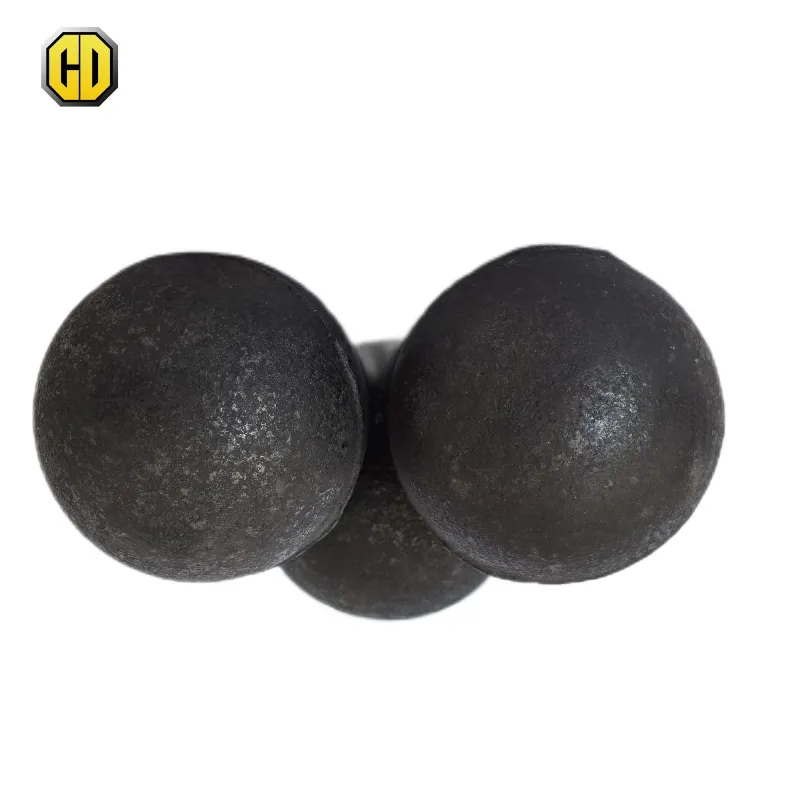
7. Grinding Balls Manufacturers: Standards, Certifications and Authoritativeness
- Certifications: ISO 3290, ISO 9001, SGS, BV, Environmental Management ISO 14001
- Patented Technologies: Microstructure Refinement Process (No. CN102532873B)
- Industry Partners: China National Gold, Lafarge-Holcim, Sinopec, Tata Steel
- Service Experience: Over 23 years, 100+ countries supplied
“Continuous improvements in casting technology and microalloying have pushed the wear life and reliability of grinding media balls manufacturers to new heights, meeting demands for lower cost per ton in global mining.”
— Materials Science Journal, 2023
8. Delivery Lead Time, Warranty, and After-Sales Support
- Delivery Cycle: 15–20 days ex-works (for standard sizes <100T); 20–30 days for large orders/custom specs.
- Packaging: 1000kg per steel drum + pallet wrap; certified for export shipping.
- Warranty: 12 months or 6000 working hours (whichever comes first), with full after-sales warranty support on quality issues.
- Technical Support: Application engineering (mill audit, ball charging calculation, performance monitoring), remote and on-site assistance.
- Documentation: Certificates (ISO, SGS), chemical/physical property report, Customs & HS documentation.
9. Professional FAQ: Grinding Balls Industry Key Terms & Concepts
A: The most common materials are low/medium/high chromium cast iron and forged steel (including high-carbon steel and various alloys). Their selection is based on application (abrasion, impact, corrosion resistance).
A: Diameters range from 20 to 150 mm, usually conforming to ISO 3290-1:2014. Dimensional tolerances are typically ≤±1mm, ensuring mill efficiency and uniform grinding.
A: Mill charging and ball grading should follow manufacturer specs and standards (e.g., ISO 1953, ASTM E235), ensuring optimal loading and wear performance.
A: Wear rate is measured as % loss per ton milled. Leading steel grinding balls manufacturers achieve <1.2%/ton, as determined by Mill Test Certificate (MTC) and third-party (SGS, BV) reports.
A: Cast balls (typically higher chromium for corrosion and wear) undergo casting and heat treatment. Forged balls (usually carbon steel/alloy) are hot-rolled/forged and perform better in high-impact environments. See ASTM A532 for cast and ASTM A29 for forged.
A: Yes, with MOQs, suppliers like CDChengda offer fully custom solutions covering diameter, Cr content, and mechanical property tailoring—critical for specialized mill environments.
A: Most market leaders publish download resources directly on their sites or via email request. For CDChengda, see Low Chromium Grinding Balls or email sales@cdchengda.com.
10. Conclusion & Further Reading
The future of grinding balls manufacturers lies in intelligent manufacturing, advanced materials (chromium microalloys, surface treatments), and seamless integration into process optimization (digital monitoring, lifecycle tracking). Driven by regulatory standards (ISO, ANSI), and real-world field data, businesses choosing certified grinding media balls manufacturers stand to gain in reliability, cost-effectiveness, and environmental compliance.
- For in-depth studies and discussion, visit:
© 2024 — Content compiled with authoritative industry references, standards, and real-world feedback.
-
Expert Insights on Fabrica de Molinos de Bolas: Industry Trends & Global Applications
NewsNov.24,2025
-
Expert Insights on Fabricantes de Bolas de Molienda de Acero: Global Applications & Trends
NewsNov.23,2025
-
Leading Fabricantes de Bolas de Molienda: Your Ultimate Guide to Grinding Balls
NewsNov.23,2025
-
Fabricante de Bolas de Molienda – Quality Grinding Balls for Efficient Industry
NewsNov.23,2025
-
Trusted Proveedores de Medios de Molienda for Efficient Industrial Grinding
NewsNov.22,2025
-
Proveedores de Bolas de Molienda: Your Guide to Top Grinding Ball Suppliers & Industry Insights
NewsNov.22,2025
Realted Products

